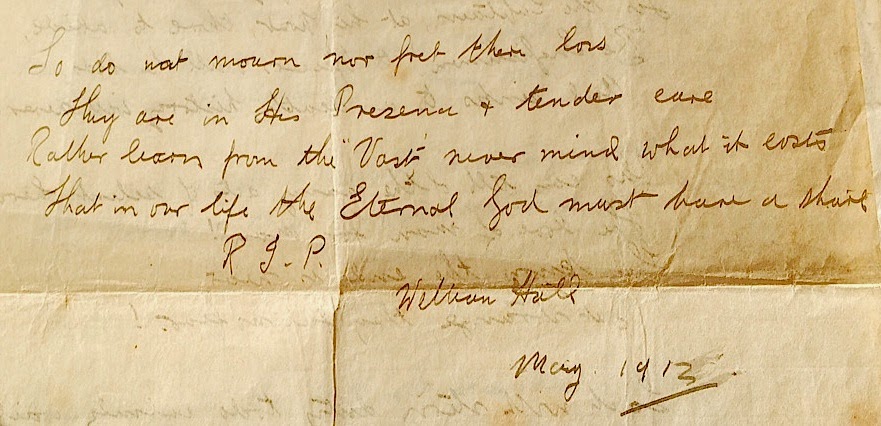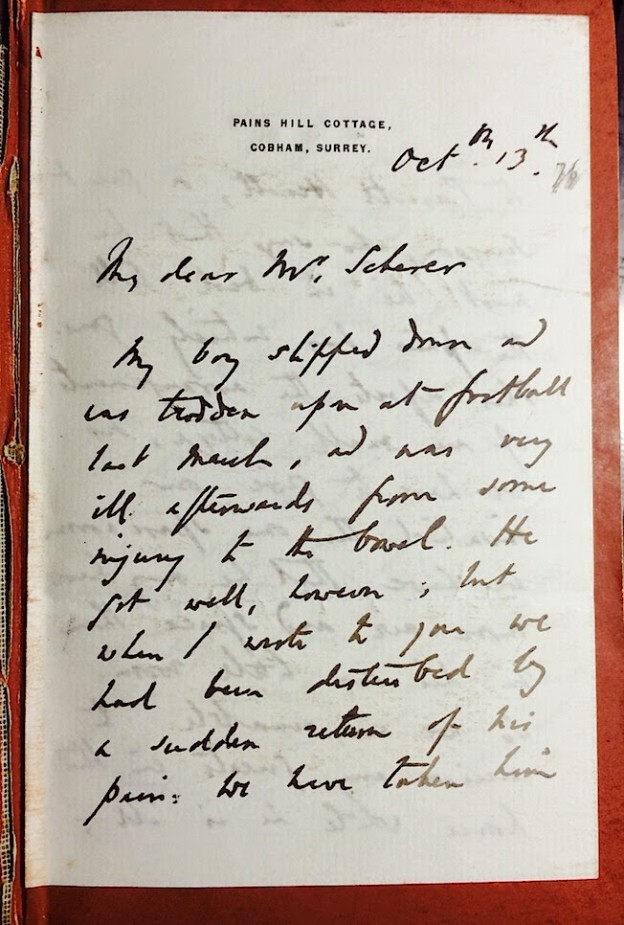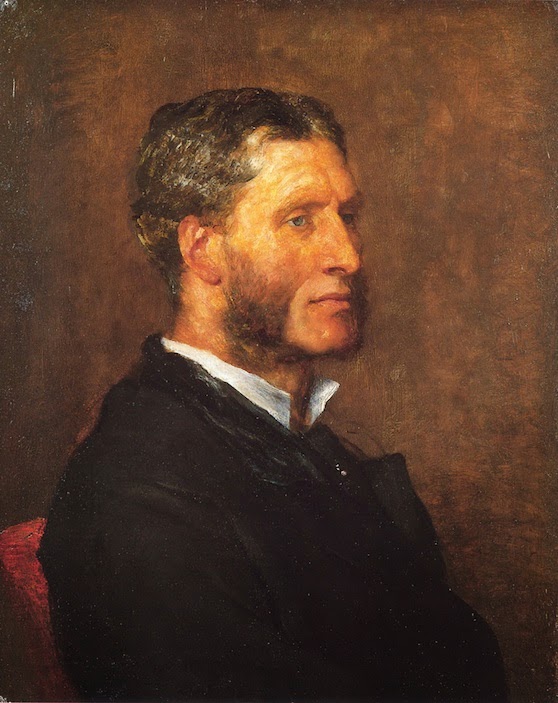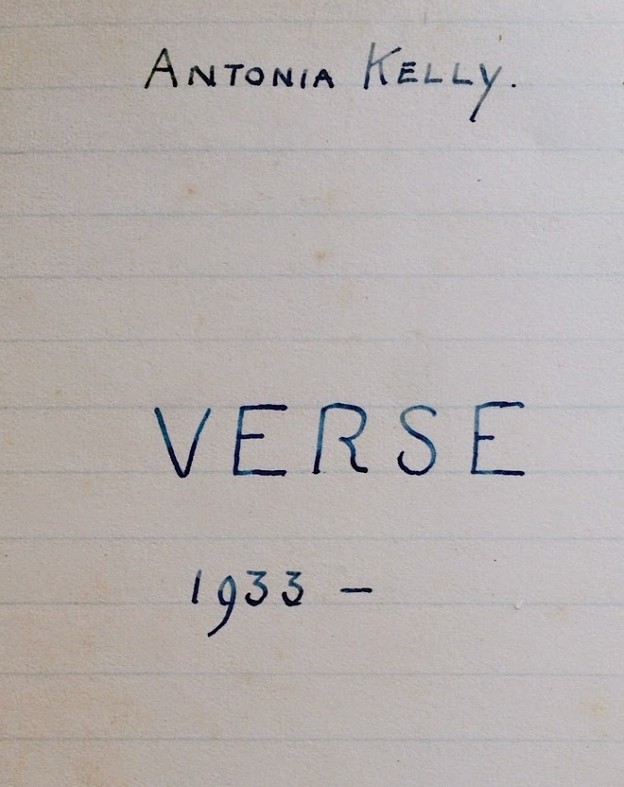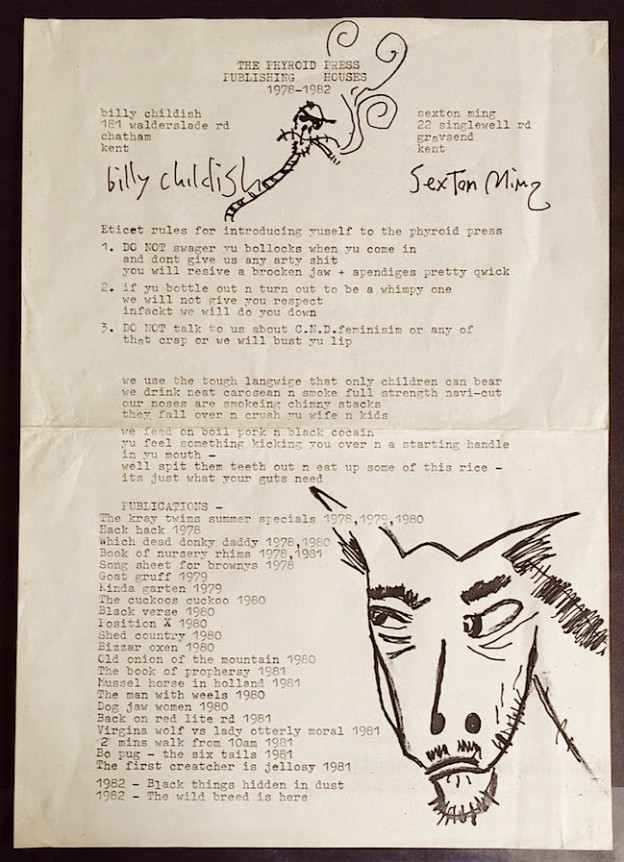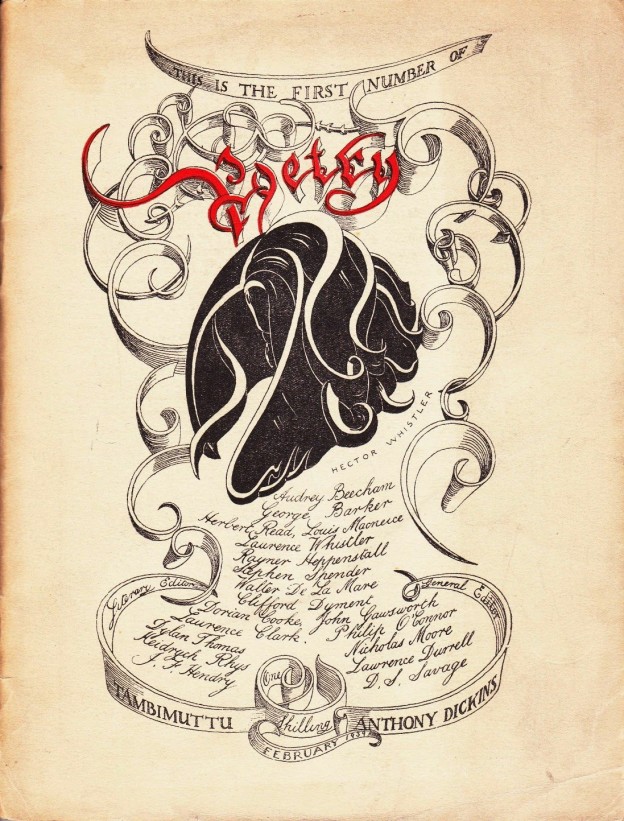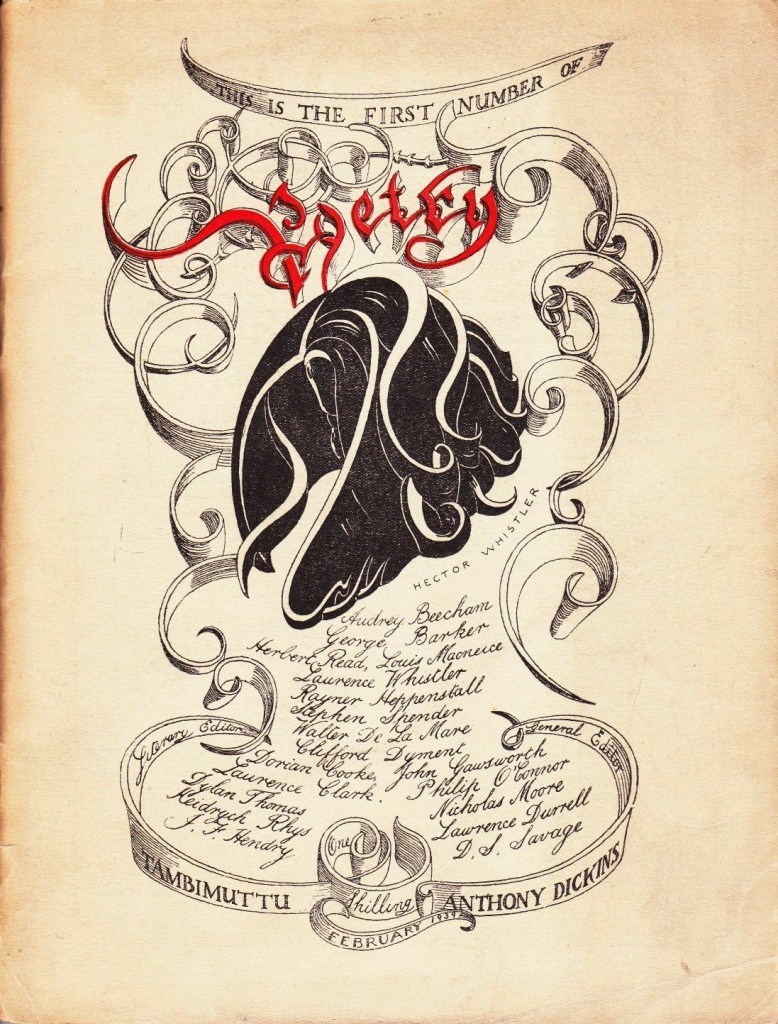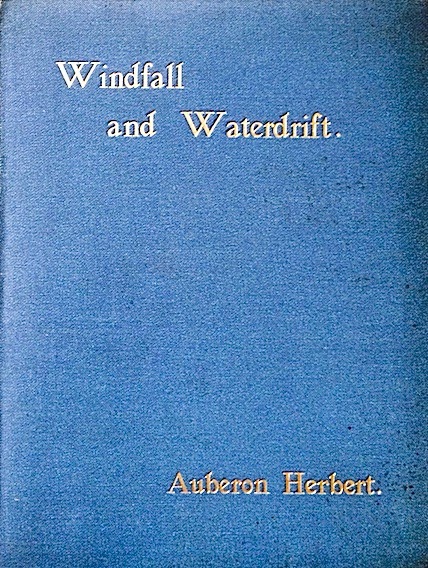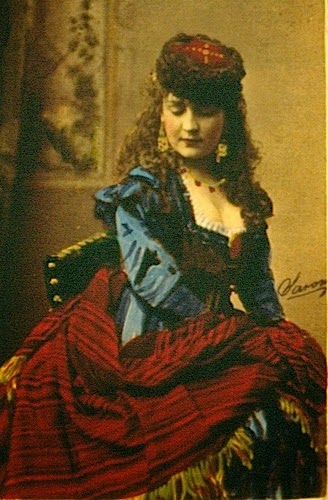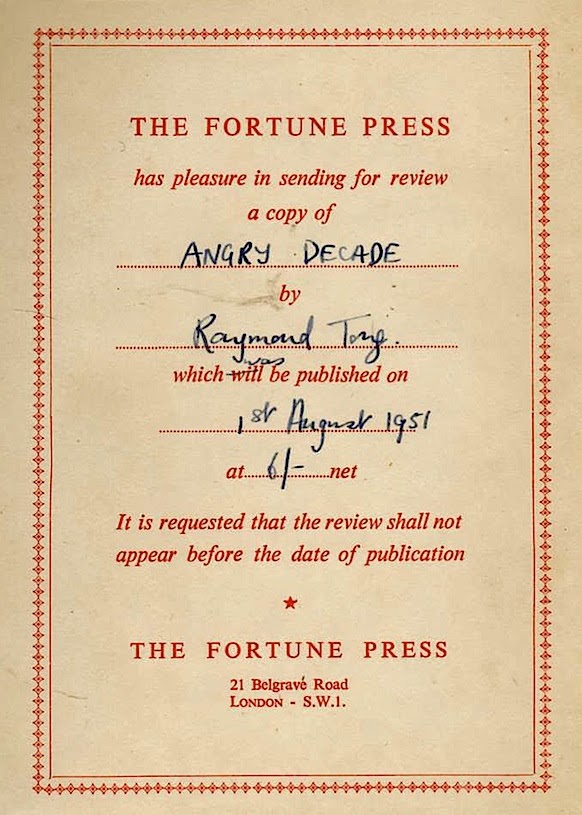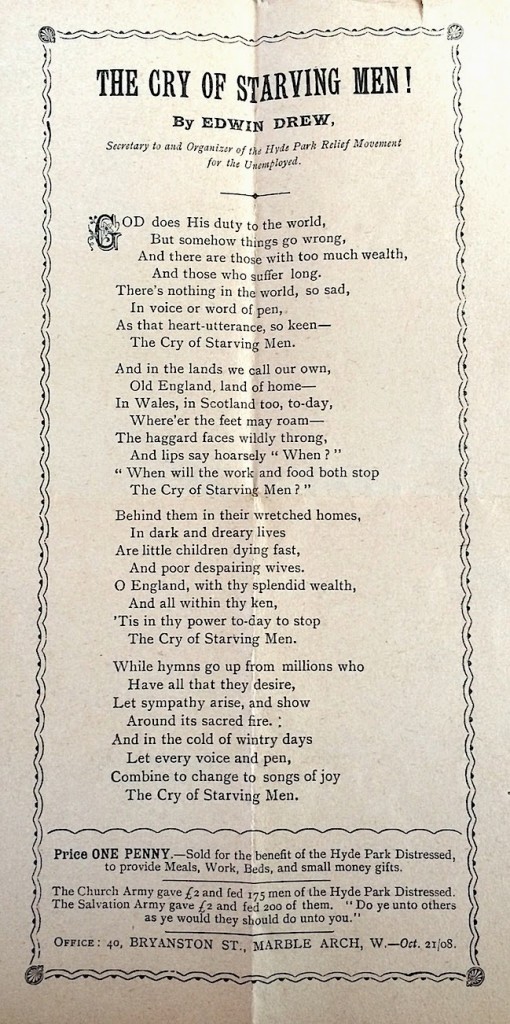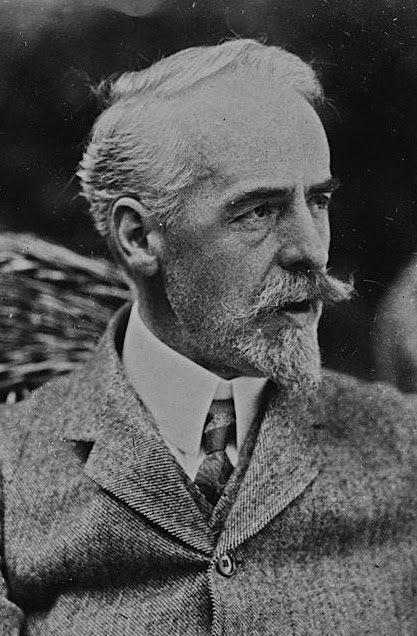 |
| Wickham Steed (Bibliotheque Nationale Francaise) |
[L.R. Reeve* writes:] Somewhere in the world of books there must surely be a biography of the late Wickham Steed. He would have been an eminent man if only for his vast knowledge of foreign languages: a knowledge which could be acquired only after months and years of intense application to his studies and excellent hours.
One wonders whether his obvious passion for other tongues began at the Sudbury Grammar School. Did he learn from an enthusiastic and efficient French teacher, or was his enthusiasm inborn in spite of an apathetic form master? No matter. His enthusiasm and obvious genius could never develop so remarkably without both inherent ability and uncommon will power. No indolent man could have achieved so much. His long arduous apprenticeship abroad began, I fancy, at the Sorbonne, in Paris. When he spoke to a large audience on foreign languages at Essex Hall, Strand, he told us of a Parisian who informed him that he spoke French like a Frenchman: a testimony which all students would like to hear.
Many English people obtain employment in foreign countries in order to reach a working knowledge of a certain tongue. A friend of mine served behind a counter in Paris; but most professional men of course aspire to a university, for it is there they learn the grammar, the correct accent, and study the refinements and culture of a beautiful language in a beautiful city. To be in Paris itself, is, I should think, an inspiration to study and learn as much as possible of an historic centre of learning, and as for its beauty on has only to examine a view from the top of Notre Dame to appreciate the genius of man to design and build a city carefully planned by architects of vision so long ago.
Continue reading



